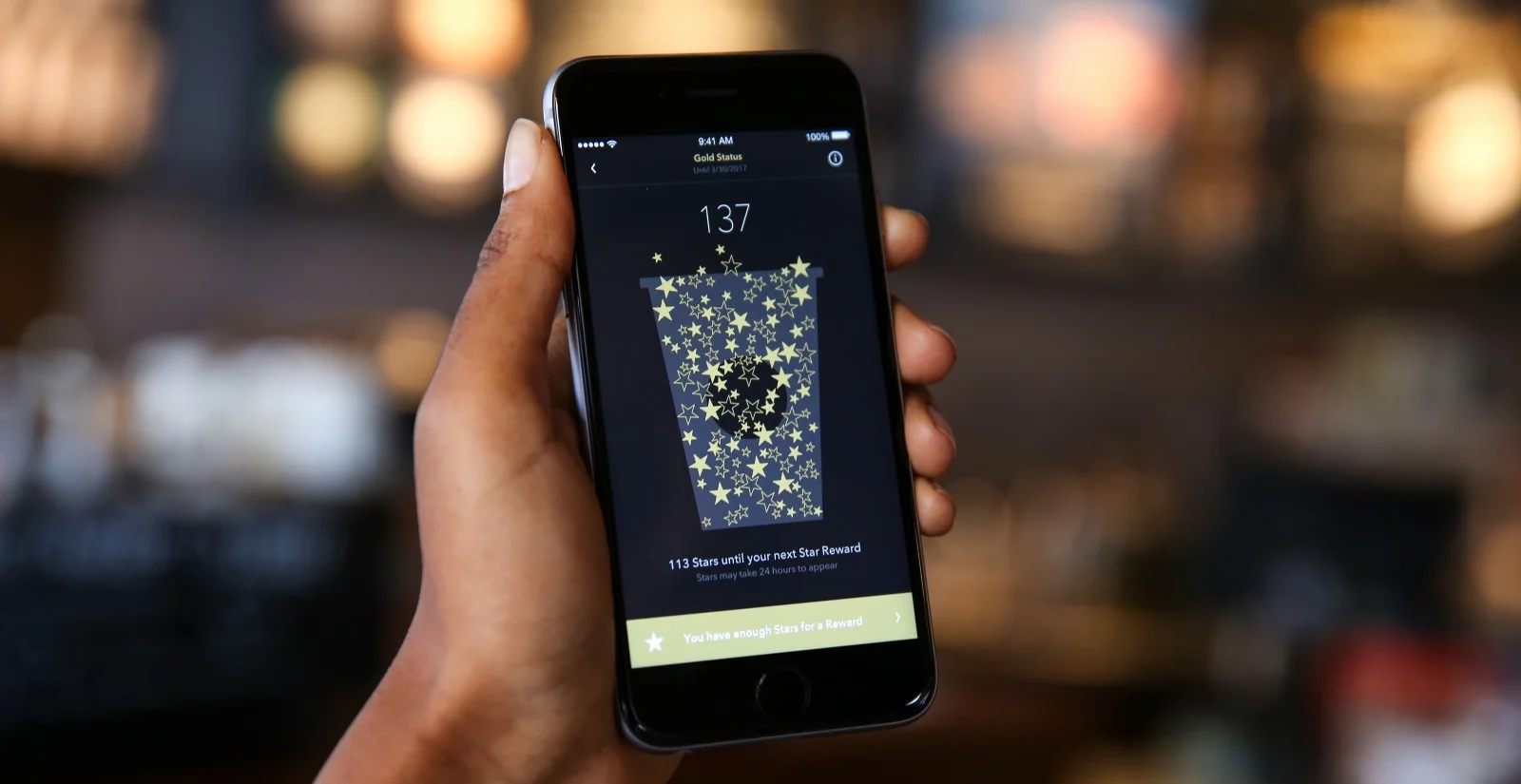For years, Starbucks has dreamt of creating its own branded currency. But the reality has fallen short of the vision. But blockchain-based currencies and platforms like Simple Token will enable Starbucks — and countless other brands — to create their own branded currencies easily and affordably.
In 2013, founder Howard Schultz told investors
“What we’re establishing is the Starbucks currency. … Stars can now be leveraged across consumer products … to provide our customers with a reward and an incentive to come back and forth. This is just the beginning of us being able to thread these multiple channels of distributions and brands.”
In 2015, Starbucks advanced its vision of “Stars as Currency” by announcing a partnership with Spotify. Schulz described the bigger vision of turning its ecosystem of partners into an economy of shared purpose and value.
“Last week, we announced the first of what I believe will be many unique partnerships in which the ecosystem of Stars as Currency will be external to like-minded companies and brands whose customer base is analogous to us.
Spotify will be buying Stars as Currency at a wholesale level. … Those stars will be rewarded to existing customers. But the big idea is they will be an incentive for new subscribers to sign up and receive stars as rewards.”
Over the next 12 to 18 months, I would suspect that we will be announcing a number of partnerships … that will create this external ecosystem of Stars as Currency.
But these partnerships didn’t materialize. Instead, Starbucks pulled back to a more traditional approach. This month Starbucks announced a co-branded credit card. Not quite the “digital currency” that Starbucks first envisioned.
The problem wasn’t customer demand. Wouldn’t it be great to send someone a cup of coffee without having to create an eGift card? Or have other merchants recognize your Starbucks status with their own benefits?
The problem was the complexity. Companies have tried to link loyalty programs before, but interoperability and convertibility are too hard. Similarly, points are a rather blunt instrument for creating personalized incentives and rewards.
Blockchain changes all of this. Harvard Business Review writes that
“Loyalty programs are ripe for some kind of disruptive innovation that would make them easier to use. Blockchain may just be the answer. … For consumers juggling an array of loyalty programs, blockchain could provide instant redemption and exchange for multiple loyalty point currencies on a single platform.”
What Starbucks was unable to achieve in years, any company will now be able to do in months.
There are some companies looking to build traditional loyalty programs on blockchain. They will manage and issue points as cryptocurrency. But this is a horseless carriage — looking at the new through the lens of the old.
Simple Token is taking a different approach. They recognize that the opportunity goes far beyond loyalty and points. It’s the same insight that Howard Schulz had in 2013. A brand at the center of an ecosystem can create its own economy, creating liquidity, incentives and rewards for all stakeholders. Grow this micro-economy and you create value for everyone involved.
The power of the Simple Token platform is to give Starbucks and any other brand a turnkey solution to creating their own currency, with interoperability, transparency, convertibility and personalization.
As with many other innovations, Starbucks was ahead of its time in seeing the potential of digital branded currencies to redefine customer engagement. But the technology wasn’t ready. It is now.
Note: I am an advisor and investor in Simple Token.

